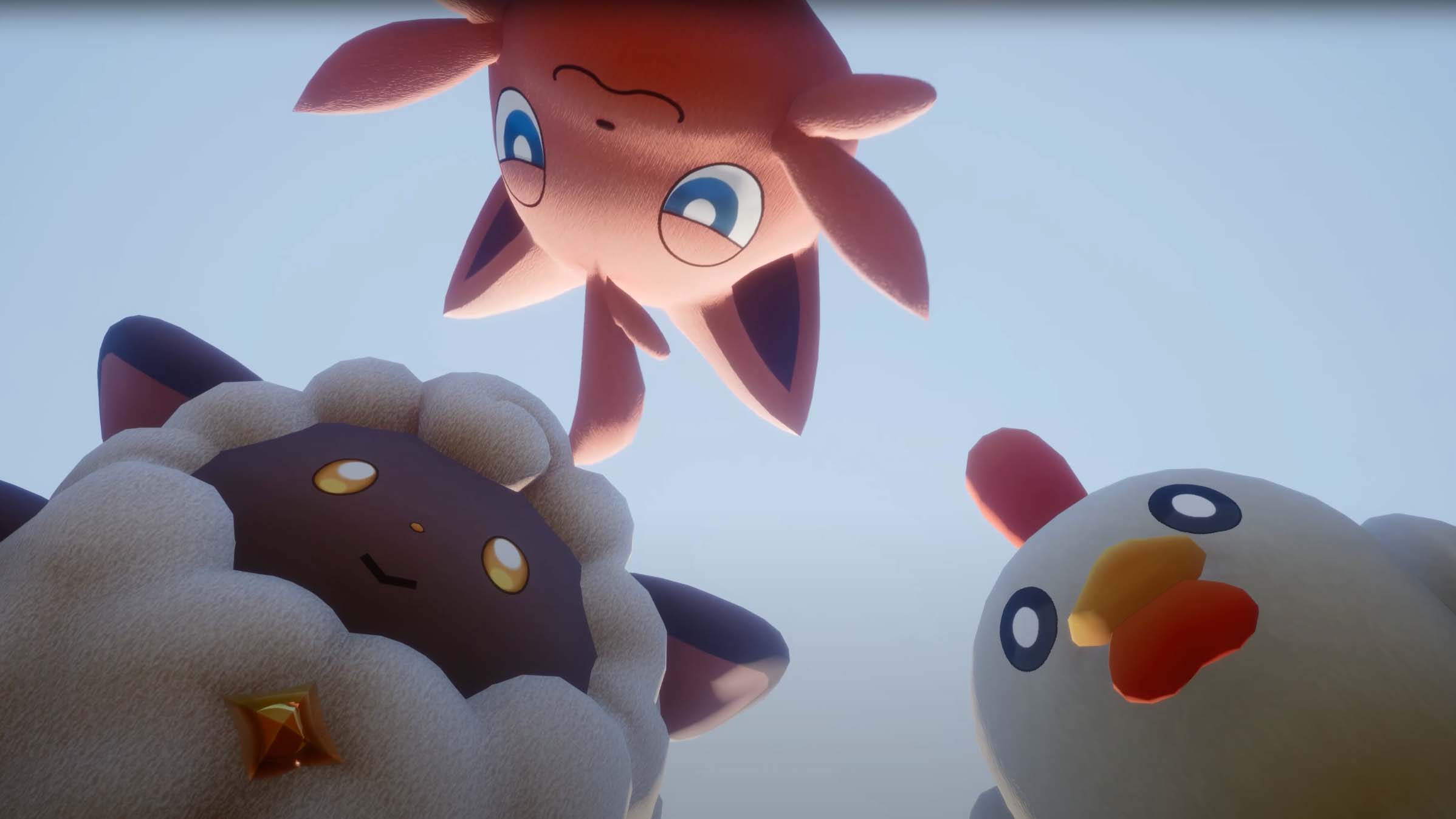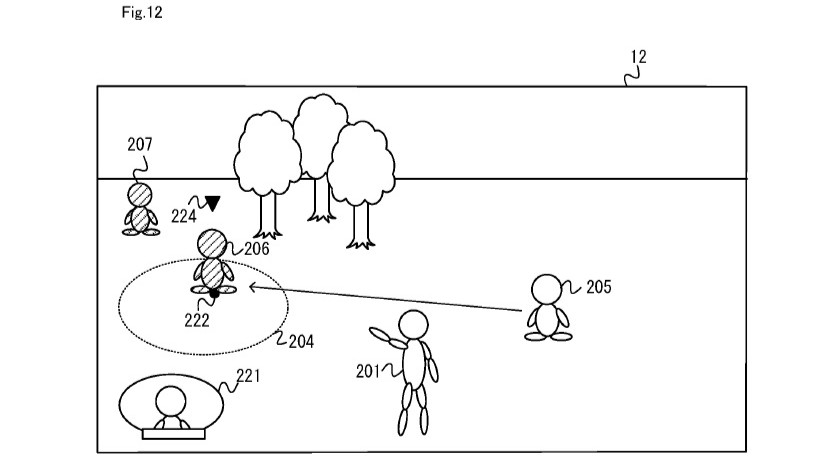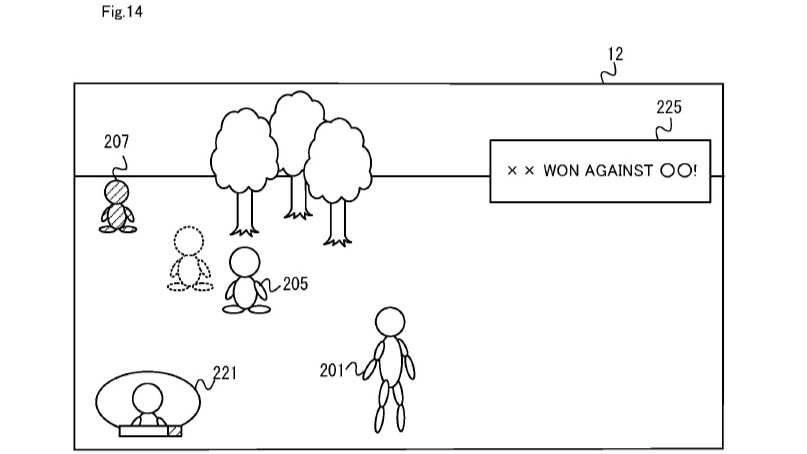Nintendo isn’t slowing down in its legal crusade against Palworld. While the patent infringement case against Pocketpair continues in Japan, the real story may be unfolding in the U.S.
As we’ve covered before, Nintendo isn’t just fighting one lawsuit. It’s been quietly stockpiling patents and preparing for a potential American case, too. And the latest one is a big deal. The newest patent is particularly egregious and could have massive implications for the entire games industry.
Last week, Nintendo quietly secured a U.S. patent that, on paper, gives it ownership over one of the most common mechanics in gaming: summoning a character and having it fight another.
Two new patents granted to Nintendo
U.S. Patent No. 12,409,387, which was issued today, covers the “smooth switching of riding objects”, but Pocketpair already worked around this feature in Palworld, so right now that acquisition is not much of a threat.
However, as GamesFray reports in their thorough coverage of the case, Patent No. 12,403,39, which was granted over a week ago on September 2, is a much more significant concern. Not just for Palworld. The Patent ‘397 covers the fundamental mechanics of summoning a character to have it fight another. So yes, sounds like Pokémon. However, it also describes things that many other games do.
Unlike many patents, which often face heavy scrutiny or rejections before they’re approved, this one glided through the U.S. Patent Office without objections. It was filed in March 2023 and granted just last week.
Summoning minions in Diablo? Nintendo could own this
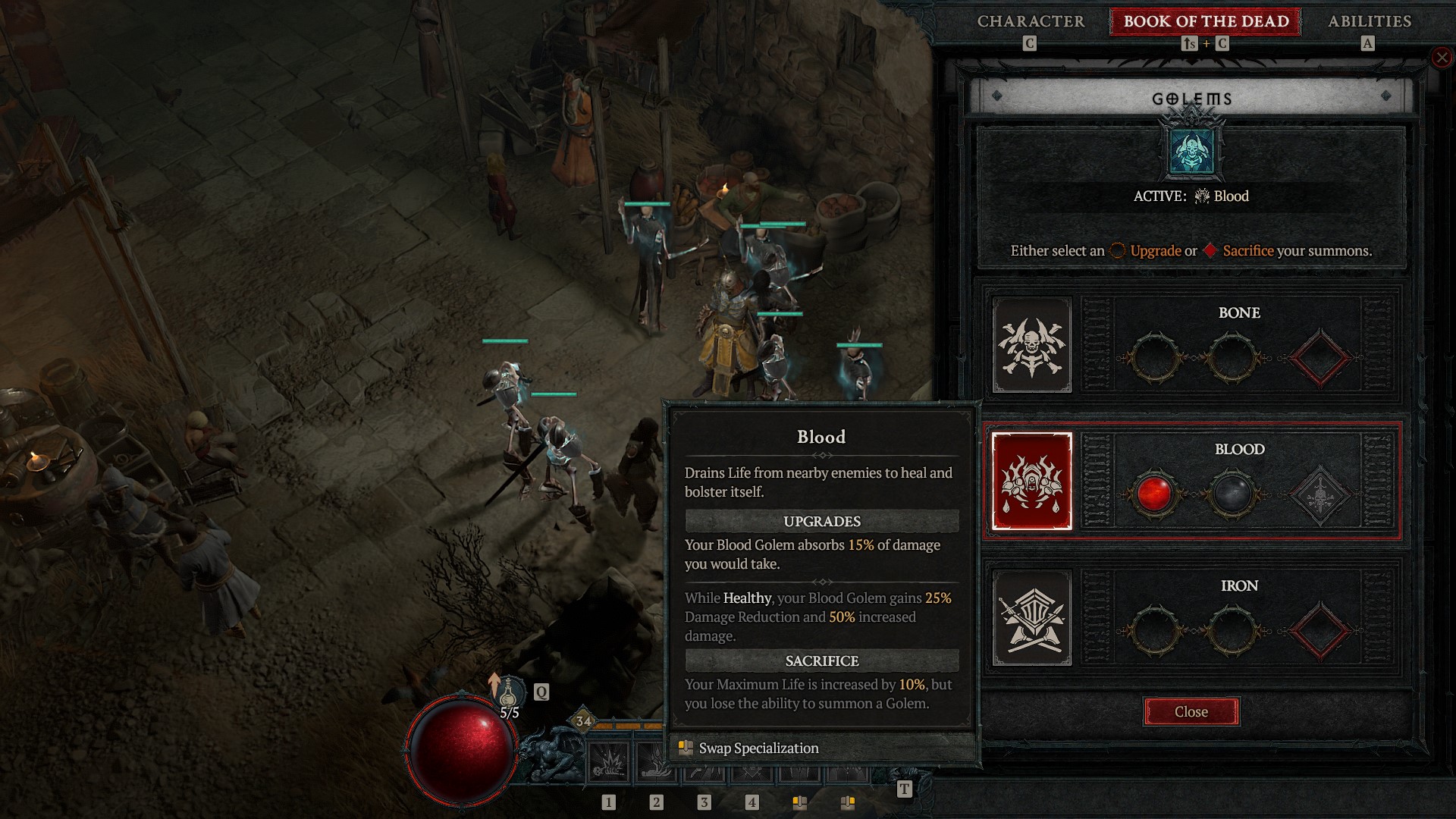
Patent ‘397 is potentially explosive for the gaming industry, because it isn’t just about Palworld. If a game does all of the following, it could be challenged.
- There must be a PC, console or other computing device and the game is stored on a drive or similar storage medium.
- You can move your main character in a virtual space.
- You can summon a secondary character (called the “sub character” in the patent).
- If there’s an enemy present, the summoned character fights it (either automatically or based on your input.)
- If there isn’t, the summoned character can still move and fight when it encounters an enemy later.
If a game does those things, Nintendo now has a patent that could be used to argue infringement. I’m sure you can think of 100s of games that do this. This isn’t just a Pokémon thing. The patent language is so broad that it could arguably apply to mechanics across RPGs, action games, MMOs, and the list goes on.
Take Diablo 4, where the Necromancer class is built around summoning skeletons, golems, and other minions that fight automatically or under your direction. In World of Warcraft, warlocks summon demons, hunters summon pets. In Elden Ring, if you’re not one of those solo purists, you might summon your Mimic Tear to help in battle (or, in my case, just finish the battle for me). The list is endless.
In other words, if you’ve played games at all in the last 20 years, you’ve seen this mechanic everywhere. And now, at least in the U.S., Nintendo has a patent claim that could theoretically be pointed at any of them.
Will Nintendo actually use this against Palworld?
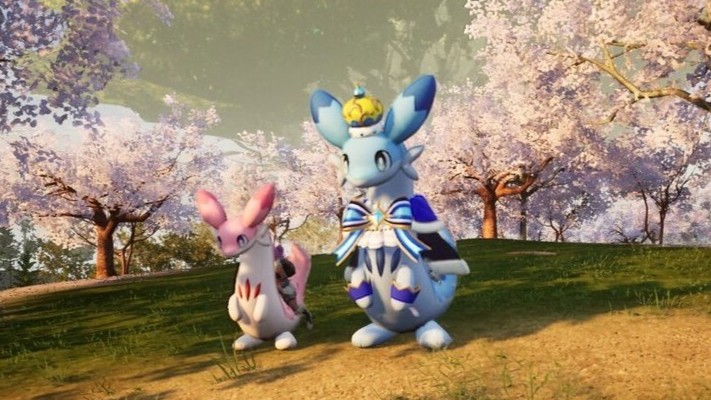
The obvious question is, will Nintendo actually sue other developers in the U.S. using this patent, including Palworld? Well, we really don’t know. In Japan, where there is an ongoing case, Pocketpair is already making a strong defense against many of the patents with examples of prior art.
There is also clear evidence of Palworld demonstrating its mount switching mechanic, one of the patents in question, 6 months prior to Nintendo filing for the patent.
But even if Nintendo never goes that far, the threat alone is damaging. Just the existence of this patent could discourage smaller studios from experimenting with summon-style mechanics, out of fear of being dragged into court. Big companies like Nintendo can afford endless rounds of litigation. Indies can’t.
If Nintendo keeps going down this “PATENT ALL THE THINGS” road, it could trigger a full-on arms race. Imagine every big publisher rushing to slap patents on basic gameplay loops, not to protect creativity, but to keep it as potential legal ammunition. That doesn’t help push the industry forward; it stands to choke it into oblivion. Are we sliding into a future where lawyers shape the games we get to play more than the devs do?
Should something as simple as “summon a character and let it fight” even be patentable? Or is this just Nintendo flexing its legal muscles?
Drop your thoughts in the comments. This one feels too big for gamers to ignore.
